Top 11 Most Valuable $20 Dollar Bills Worth Money (Rarest List)
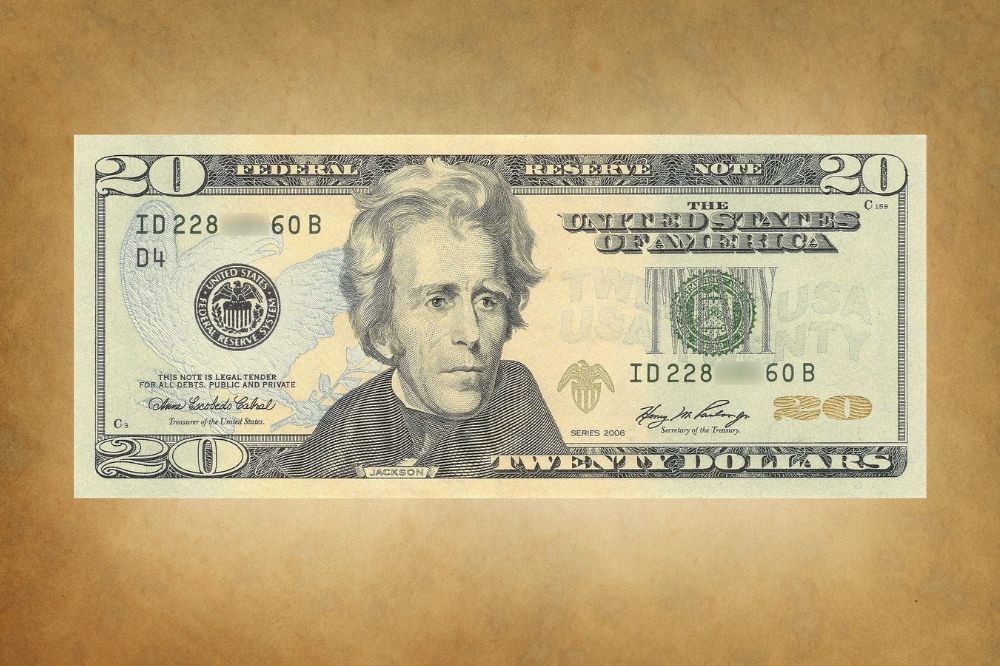
Are you considering collecting $20 bills and wondering which ones are worth the money?
Today’s 20-dollar notes are only worth their face value. In fact, most $20 bills are no more valuable than their face value, no matter how old they may be.
That said, a few exceptions are highly profitable. Of course, these are rare notes with features that set them apart from the ordinary $20 bill.
This guide lists the top most valuable twenty-dollar bills worth money. As you will notice, most of these profitable twenty bucks are quite old; that’s where the money lies when collecting paper currency.
So, let’s dive in and discover the 20 bills worth money!
A Brief History of 20 Dollar Bills
The history of the $20 bill dates back to 1861 when the U.S. Treasury Department, as authorized by Congress, issued Demand Notes to finance the Civil War and keep the economy afloat. These early Demand Notes earned the nickname greenbacks as a tribute to their color.
The following year, Congress further authorized the issuance of United States Notes, also known as Legal Tender Notes. These new bills featured a red serial number and seal, remaining in circulation until 1971.
In 1863, Congress established a national bank and federal rules to authorize and regulate banks’ conduct in issuing National Bank Notes. United States bonds would back these notes.
An interesting development occurred in 1889 when Congress required that the names of individuals appearing on all bank notes be included alongside their portraits. For this reason, you will see the names of individuals beneath their portraits on paper notes to date.
A Federal Reserve Board was established in 1913 under the Federal Reserve Act. The Act authorized the establishment of a central bank and allowed the Board to issue a new type of currency known as the Federal Reserve Note.
In 1929, a major change in U.S. currency occurred with the drastic change in the appearance of all banknotes. In particular, the size of Federal Reserve notes was reduced by 30%. A standard design was also adopted for each denomination to minimize counterfeiting.
By 1971, the United States Notes were discontinued as the Federal Reserve Note served its purpose well, and there was no need for an additional or complimentary currency.
Another major currency redesign happened in 1996 when new anti-counterfeit features were added to all bank notes. The newly redesigned $20 bills were issued in 1998, but these bills would be redesigned again in 2003.
The new $20 note consisted of a subtle peach and green background. You will also notice a portrait of President Andrew Jackson when you hold the note to a light source while a color-shifting number 20 appears on the right on the obverse.
Let’s now look at the most valuable 20-dollar bills worth money.
20 Dollar Bills Worth Money
1. 1934 $20 Hawaii Pearl Harbor Notes
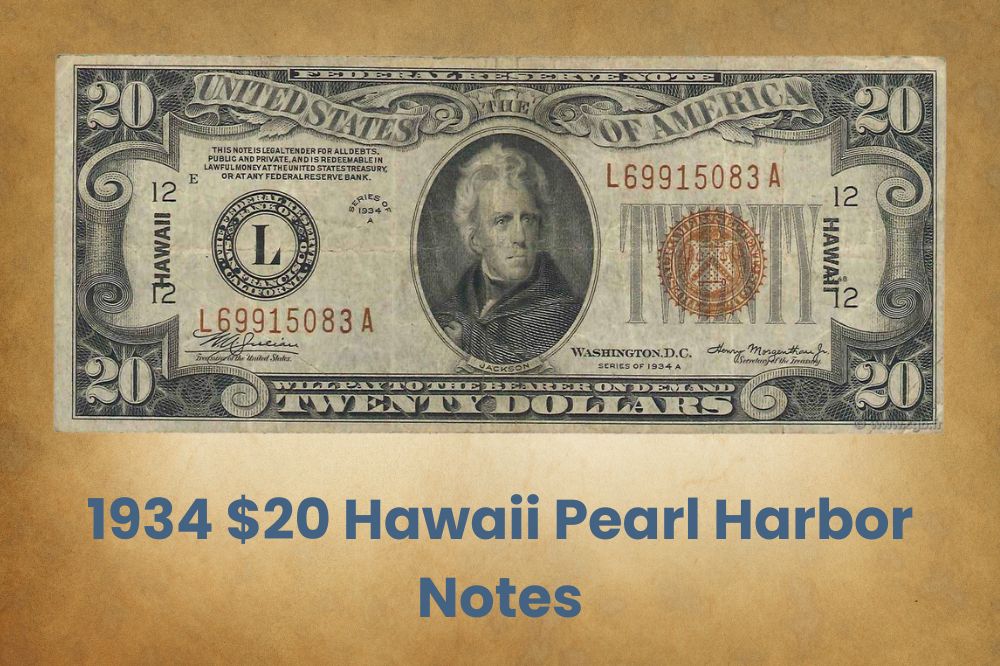
Hawaii Pearl Harbor notes are United States notes with the word HAWAII printed to the left on the obverse and the reverse.
These notes were part of an overprint strategy by the U.S. government to counterattack the Japanese during the Pearl Harbor siege. The plan was to create Hawaii notes and declare this currency invalid if the Japanese captured Hawaii and hoarded a large chunk of the U.S. currency.
The 1934A and 1934B series are rare, and those with a star note are exceptionally scarce in mint condition. Extremely fine examples can fetch up to $300.
Uncirculated 1943 $20 Hawaii Pearl Harbor notes are worth between $1,000-$2,500 or more depending on the condition, with crisp uncirculated and gem condition examples fetching about $7,500.
2. 1928 $20 Bill
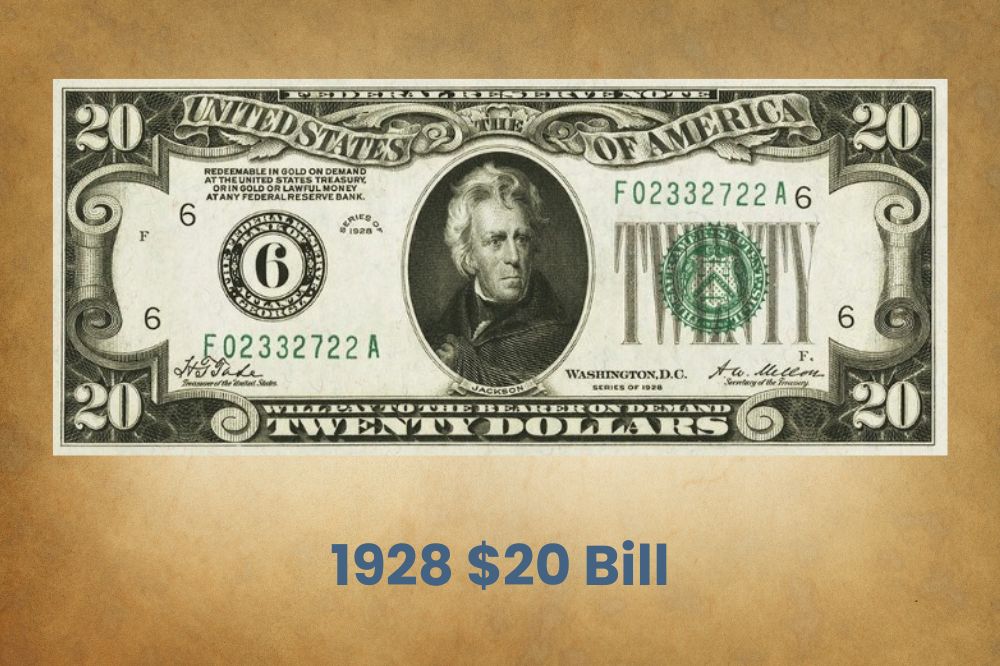
The 1928 series $20 bills are relatively rare and can attract a premium depending on the serial number, issuing bank, and the condition. Collecting paper money became popular in the 1960s; before then, there was no incentive to preserve bills, including the $20 notes.
The $20 National bank notes in the 1928 series all had serial numbers that start with the number one, making these bills quite fascinating to collectors who would then pay a premium.
Some banks issued fewer $20 bills, making these notes rare and highly collectible. Expect to pay about $200 for a 1928 $20 bill in fine circulated condition and from a rare issuing bank. Uncirculated bills are few and far between; the few existing examples will fetch upward of $2,500.
3. 1914 Red Seal Federal Reserve Note 138,000
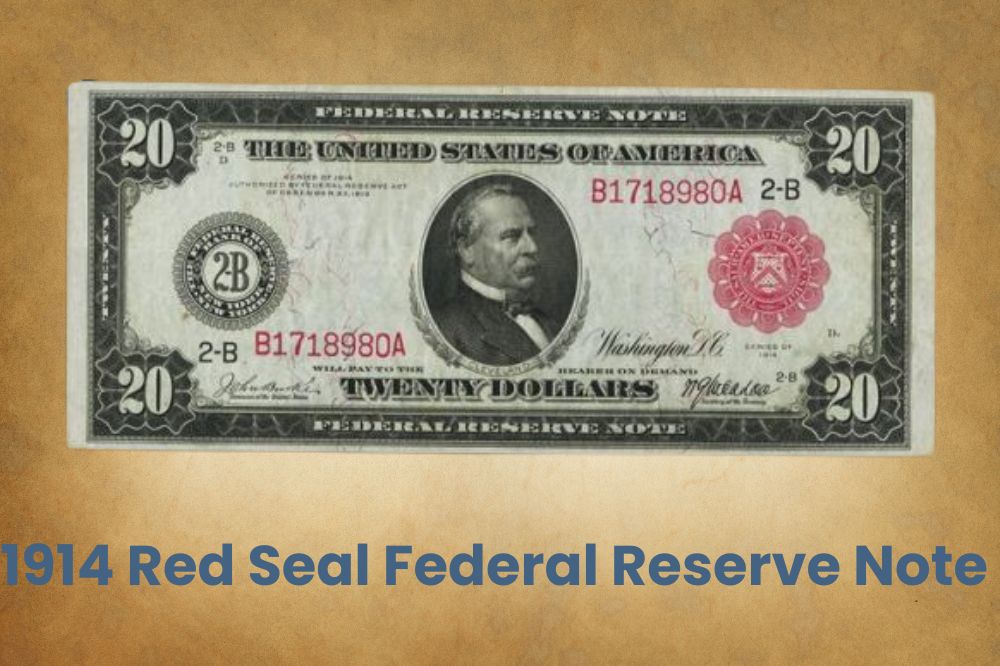
Only three known 1914 $20 federal reserve notes with a red seal exist. One of the notes has not been seen in a long time and is only identified by its serial numbers.
The second 1914 $20 note was graded extremely fine by the Paper Money Guaranty (PMG) and was sold at an auction in 1991.
This particular note is the third one and is graded extremely fine (XF). The bill boasts broad, straight margins, excellent print, and beautiful details with only a few signs of wear in the form of two slight folds.
Such a rare specimen hardly comes up for auction as most collectors would rather hold on to a federal reserve note as rare as this one. Stacks & Bowers auctioned this 1914 $20 federal note for $138,000.
4. 1915 $20 Federal Reserve Bank Note
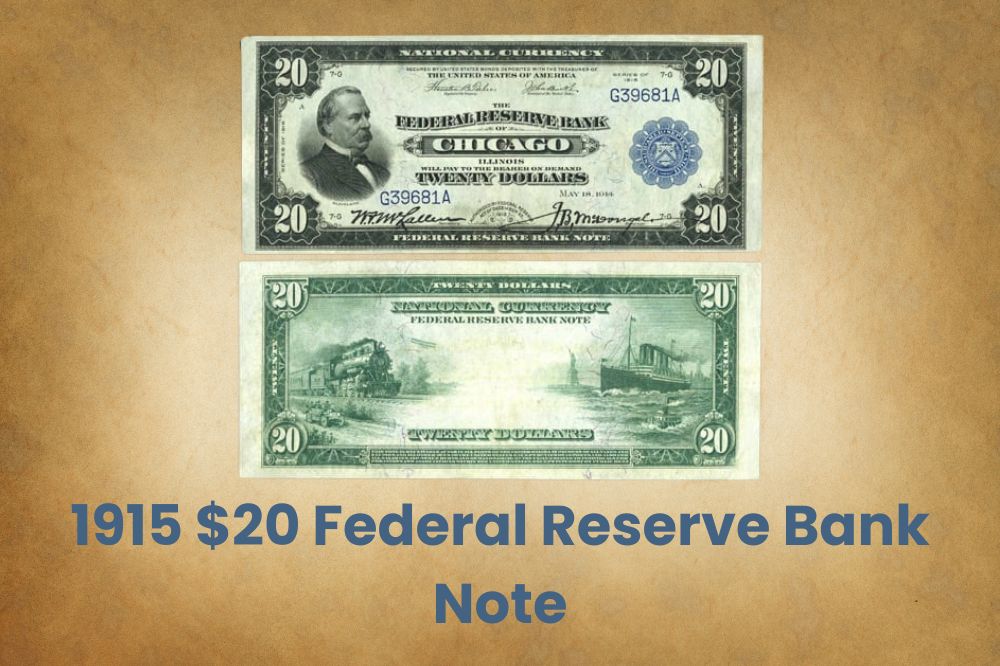
This $20 from 1915 was part of the highly valuable Jim Thompson Collection and was auctioned in 2008 after it entered the possession of Heritage Auctions.
This $20 bill was the missing piece for collectors looking to complete their Federal Reserve Bank Notes collection.
Heritage Auctions sold the 1915 $20 bill for an impressive $161,000, taking it out of the market again.
5. 1882 $20 Gold Certificate
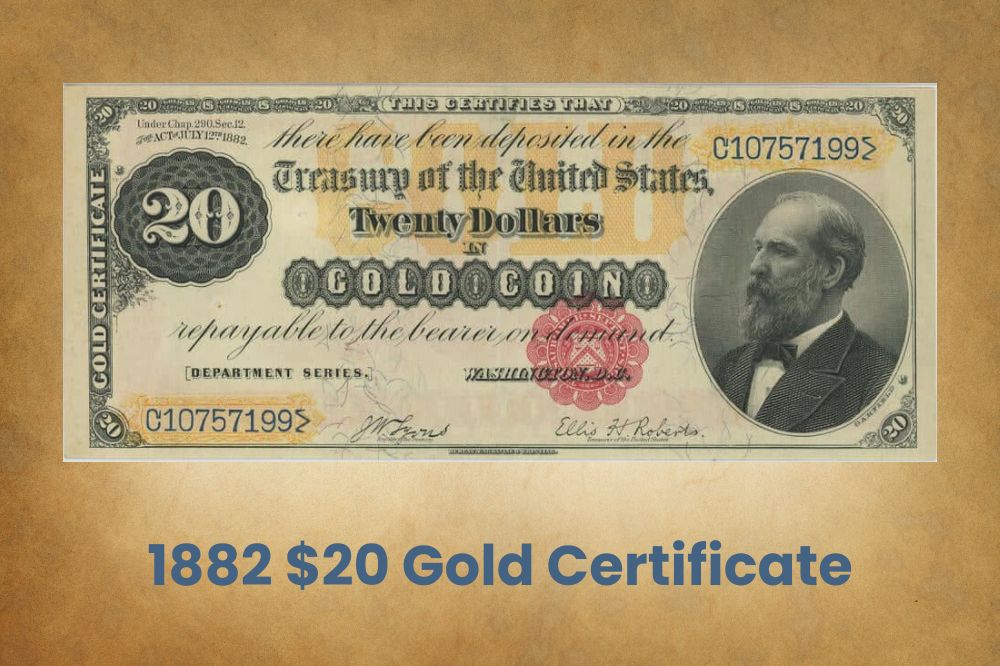
The U.S. Treasury issued gold certificates from 1865 to 1934, enabling certificate owners to redeem them for gold bullion or coins.
Considering its age, this twenty-dollar bill is graded Choice Fine and in good shape. It features a balding eagle on the right and a conspicuous golden 20 on the left.
President James Garfield’s portrait appears on the obverse. The fact that the president’s portrait was featured post-humorously adds a premium to this unique bill.
Most $20 from 1882 are very worn out, as expected, and they are common. Still, these can fetch an impressive $4,000.
Acton and Bruce-Gilfillan signed this particular bill. Its unique design and impressive condition make it valuable enough to be auctioned for an eye-watering $396,000.
6. 1875 $20 Bank Of Petaluma Issue
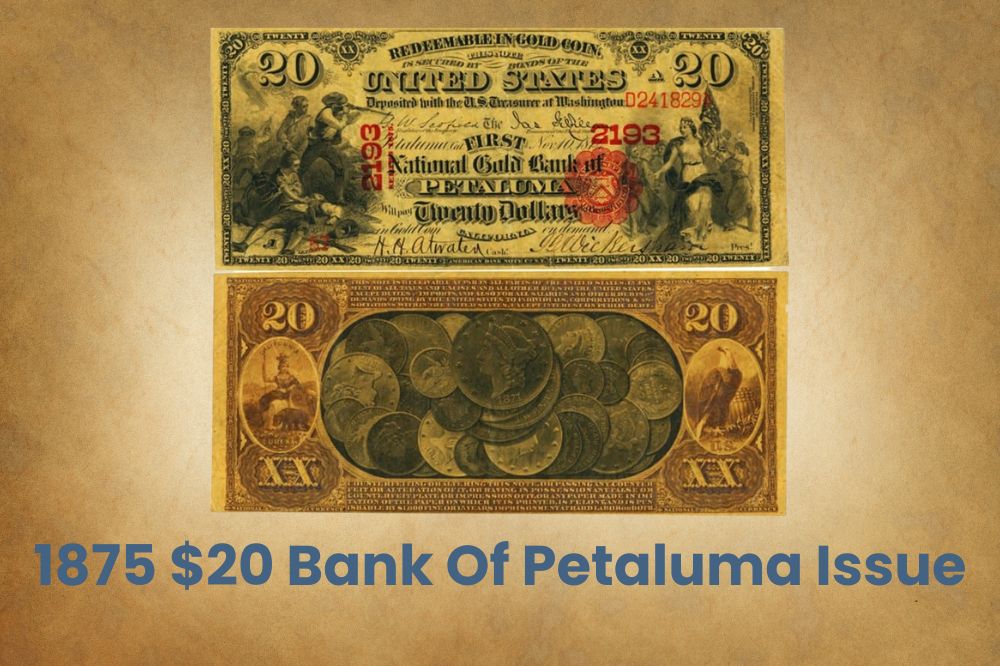
As the name suggests, this $20 note originated from the Bank of Petaluma and is one of only two existing specimens from the 1875 series.
This $20 bill is unique in that instead of being printed on ordinary paper, it was printed on paper with a subtle gold tint background, giving the note a slight shimmer.
On the obverse, you will see a vignette of the Battle of the Lexington, while the reverse features a portrait of stacked coins.
These bills had a notably large mintage compared to the previous year, so they are not rare. However, there was a significant improvement to the design, making the 1875 $20 aesthetically appealing.
Your $1875 $20 bill will fetch about $300 in average circulated condition, but this price can peak at $11,000 for Extremely Fine and About Uncirculated examples.
This particular specimen is extremely rare, one of two known examples, and was auctioned for a record-breaking $204,000.
7. 1861 $20 Demand Note
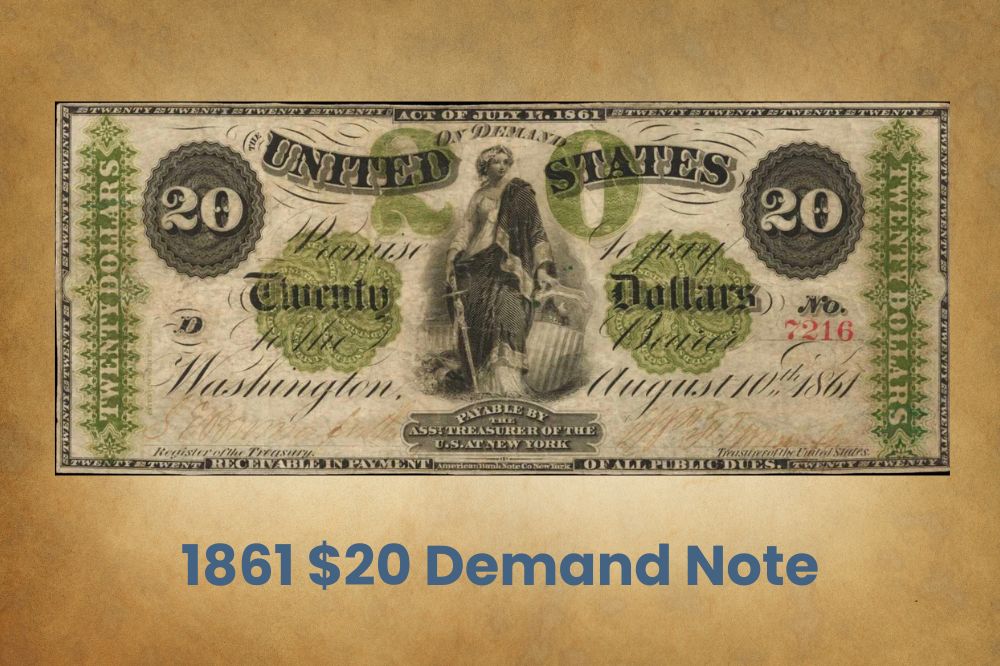
This 1861 demand note is one of the most valuable $20 bills worth money and for a good reason.
For one, the Treasury issued only a few demand notes for a short period, making them scarce and highly collectible. Also, $20 bills were the highest denomination of demand notes, making them even more valuable.
This one example is particularly valuable as it is the best-known specimen in the series, which is quite impressive considering its age. This Choice Fine 1861 $20 demand note fetched $400,000 at auction.
8. 1863 $20 Gold Certificate
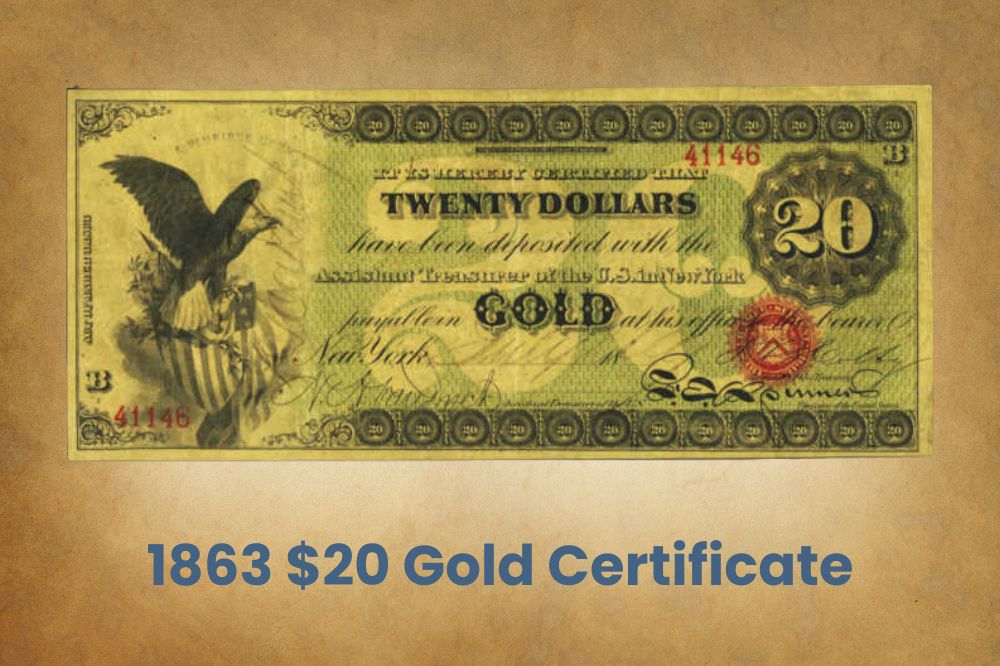
This 1863 $20 gold certificate is rare and in very good condition compared to similar examples for its age.
This bill features a bald eagle on a shield, and the motto E PLURIBUS UNUM also appears on the obverse along the top of the bill. A large golden 20 appears on the right side.
Graded Very Fine, H.H. VanDyck, the Assistant Treasurer, signed this $20 bill gold certificate. Only four notes feature VanDyck’s signature, and this 1863 $20 gold certificate is one of them, adding to its rarity and collectability.
The low mintage also makes this $20 bill particularly rare. The last bill of this kind was offered for sale more than 25 years ago, adding to its appeal.
This 1863 $20 gold certificate was auctioned for a whopping $350,000.
9. 1905 $20 Gold Certificate
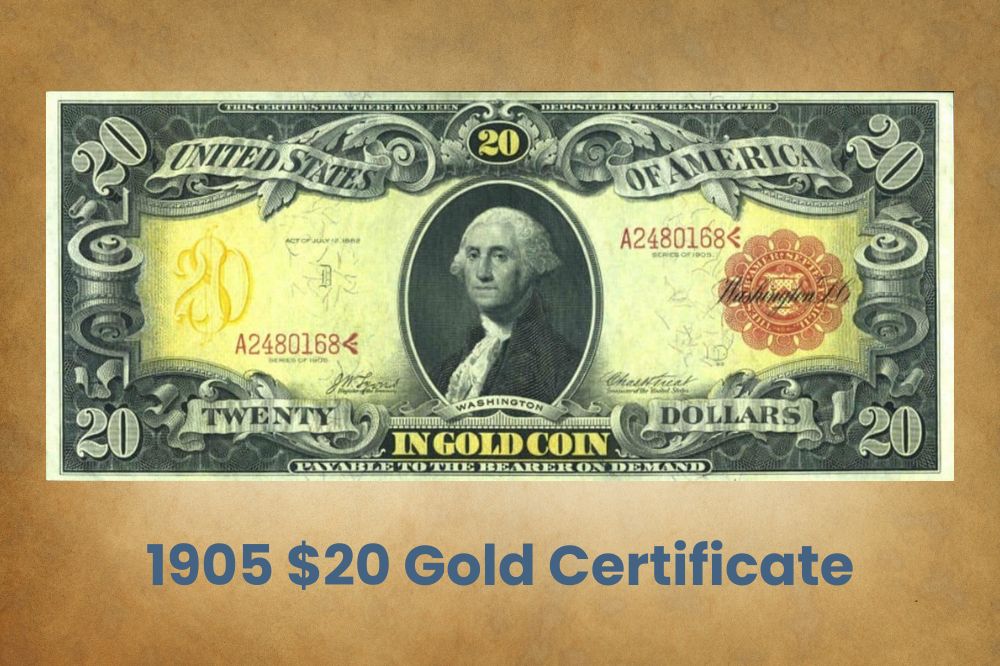
The 1905 $20 has to be the most eye-catching gold certificate of its time and is aptly named the Technicolor Note.
This bill features brilliant yellow, gold, and orange hues on the obverse, giving it a unique and appealing look. Moreover, the bill was issued only for one year and has two signature combinations.
On the obverse, you will find a portrait of George Washington and a small red seal to the right. Very few of these certificates exist in their original form, with most having been doctored or cleaned in an attempt to remove signs of wear.
It is common for original, circulated technicolor notes to fetch as much as $70,000. The most expensive example was a gem-quality $20 bill that sold for $240,000.
10. 1996 $20 Federal Reserve Note
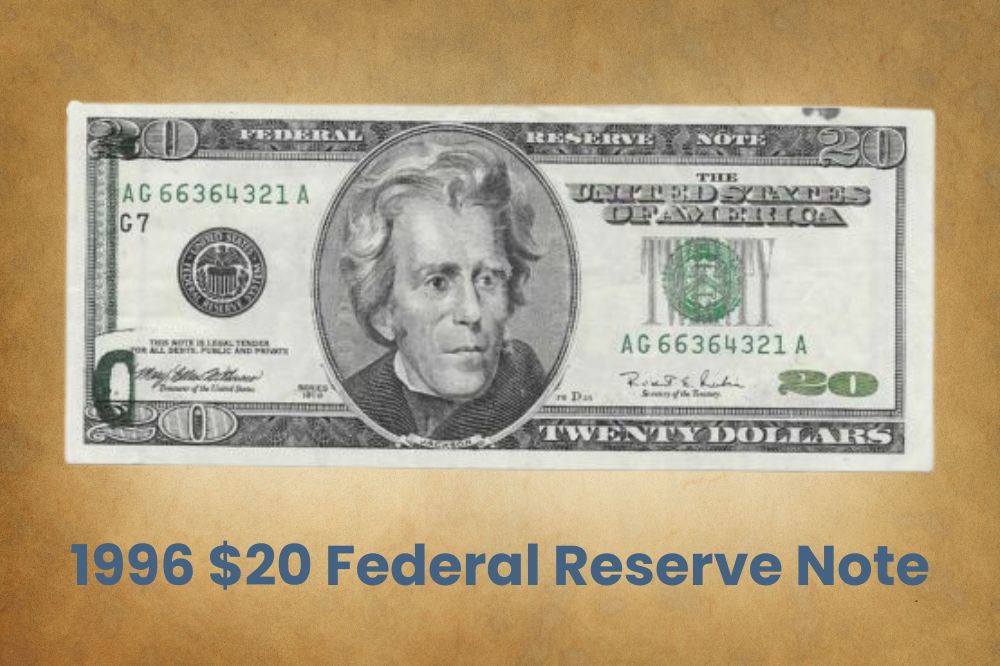
Unlike old paper bills issued in the 1880s and early 1990s, a $20 issued in 1996 will typically be worth more or less its face value. The fact that about 6 billion twenty dollar notes were minted in 1996 makes it harder for these bills to fetch more than their face value.
One rare example broke the record, selling for hundreds of thousands. This 1996 $20 bill is actually an error note known as an obstructed printing error with retained obstruction. It features Andrew Jackson on the obverse and an image of the White House on the reverse.
This error typically occurs when an object gets in the way during printing. In the case of the 1996 $2 federal reserve note, it was a Del Monte juice sticker. This error, especially on a circulating Federal Reserve Note, is rare, making this particular specimen very collectible.
According to PMG, this 1996 $2 is graded Choice Uncirculated at grade 64 and sold for $396,000.
11. 1878 Silver Certificate Extremely Fine
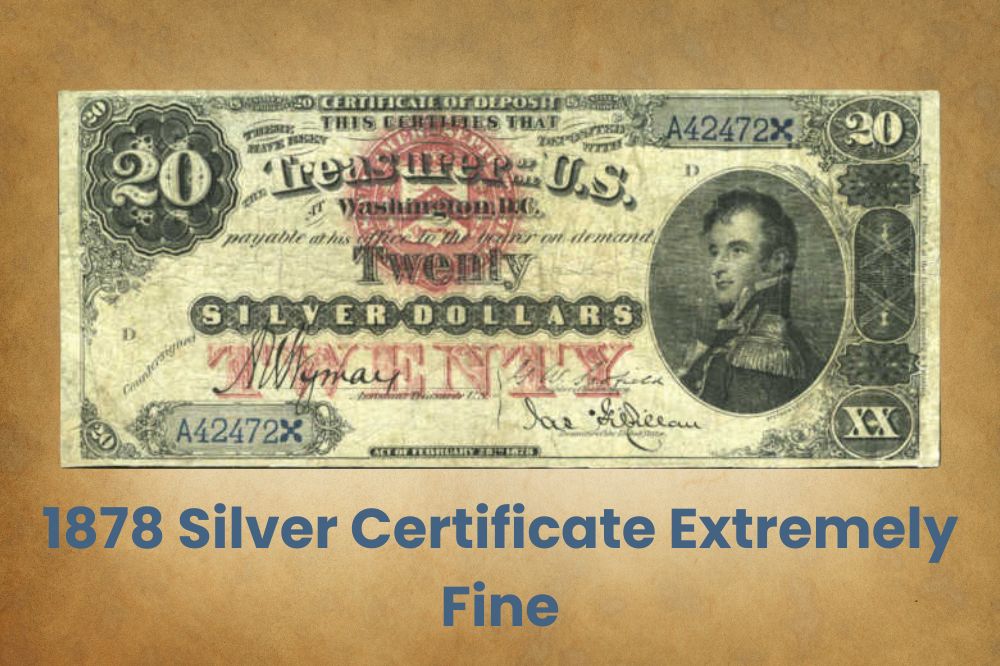
The 1878 $20 was the first silver certificate issued. Only two examples have the sought-after Friedberg serial number, including this one.
This bill also features a serial number that starts with the number one, adding to its appeal. It is also one of the few notes signed by A.U. Wyman, the United States Treasurer at the time.
This silver certificate shows the portrait of the 20th president, James Garfield, on the obverse and a balding eagle on the back. It boasts even margins, brilliant coloring, and strong anti-counterfeit features.
This 1878 $20 silver certificate was auctioned in 2005, fetching $175,000, but it would definitely sell for so much more if it went up for auction today.
Summary
The $20 bills worth money today are mostly old, antique banknotes. But not all old bills are valuable; you must consider the condition of a $20 bill before investing your hard-earned cash or expecting a fortune. Generally, crisp, uncirculated $20 bills are more desirable—these tend to be rare. If you can find one that hasn’t circulated despite being over 100 years old, you probably have a valuable $20 bill. You should bring it to a professional paper money grading service.

How much is a 1988 A 20 bill worth
Tengo un villete de 20 dolar del año 1990 cuanto valdra
I have found a $20 and $1 Bill with no letters at end of serial numbers just with a small star at the end. The $20 is a 2009 and the $1is a 2013 bills. In good condition considering they have been circulated, but not bad.
I found a US 2017 series $20 bill with a number that is not in line with the others on the top left. But the bottom right ones are correct.
Is it worth anything?